10 Friendly Cat Breeds That Just Love To Cuddle!
Think of cats as aloof little creatures with zero affection? These friendly cat breeds are anything but! Here are 10 of the most affectionate cat breeds & how you can keep them happy and healthy.
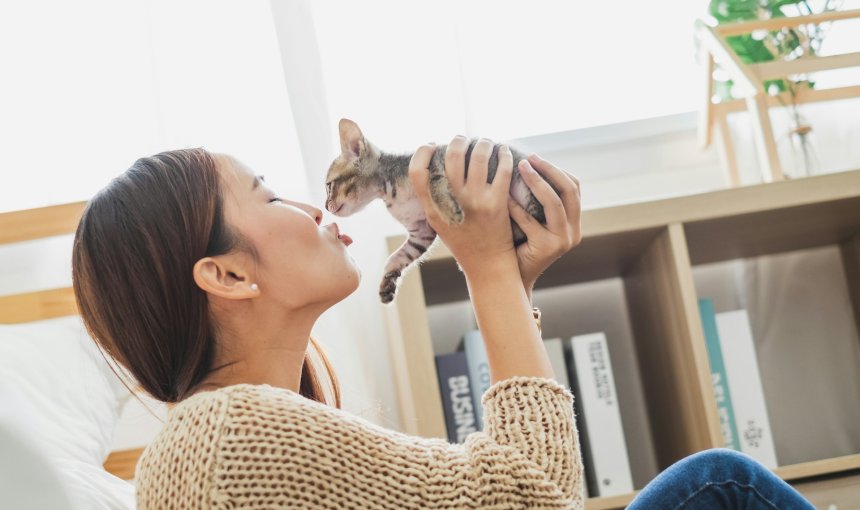
You wouldn’t be the first to think that cats tend to be more on the…well, aloof side. But much like dogs, they can also be pretty affectionate, cuddly, and downright sweet when they feel like it. In fact, once you’ve adopted one of these friendly cat breeds – you might end up having to shoo them away from cuddles so you can get some work done!
Just be warned: many of the friendliest cat breeds also tend to be on the curious, inquisitive, exploratory side. So it’s possible you’re not the only human they’re friendly with. (But rather, also your neighbor down the block, other folks on your street…or even another family the next state over!)
So let’s check out 10 of the world’s most affectionate cat breeds – and how you can keep them safe by figuring out where they like to hang out best. Let’s get started!

Find out where your cat spends their time.
Read more10 friendliest cat breeds & how to best care for them
Now these cats might be incorrigible cuddlers and take kindly to anyone who offers them pets or praise. But even your friendly cat needs to learn their boundaries.
In fact, most of these affectionate cat breeds are “friendly” as a result of their upbringing, habits, and how well-socialized they are. In general, the earlier you socialize your kitty, the easier they’ll take to unfamiliar people, pets, and places.

⚠️ But watch out – if you’ve got a cat that’s happy to leap into anyone’s lap or follow anyone home, they might just end up:
- Being fed something that’s fatally toxic to them
- Stolen, since the “friendly neighbor” they’ve followed home turns out to be a pet thief instead
- Injured by a less-friendly pet, person, or predator while wandering their territory
And no matter if your cat is an indoor, outdoor, or indoor-outdoor cat – staying on top of their safety should always be #1.
So here are 10 of the nicest cat breeds – and what to keep an eye out for so you can best keep them safe.
American Shorthair
A cat breed that’s also quite fond of water, American Shorthairs were originally bred to hunt down mice on ships!1 Don’t be fooled by this little guy’s “grumpy” appearance – these are one of the friendliest cat breeds around and get along excellently with both kids and adults of all ages.
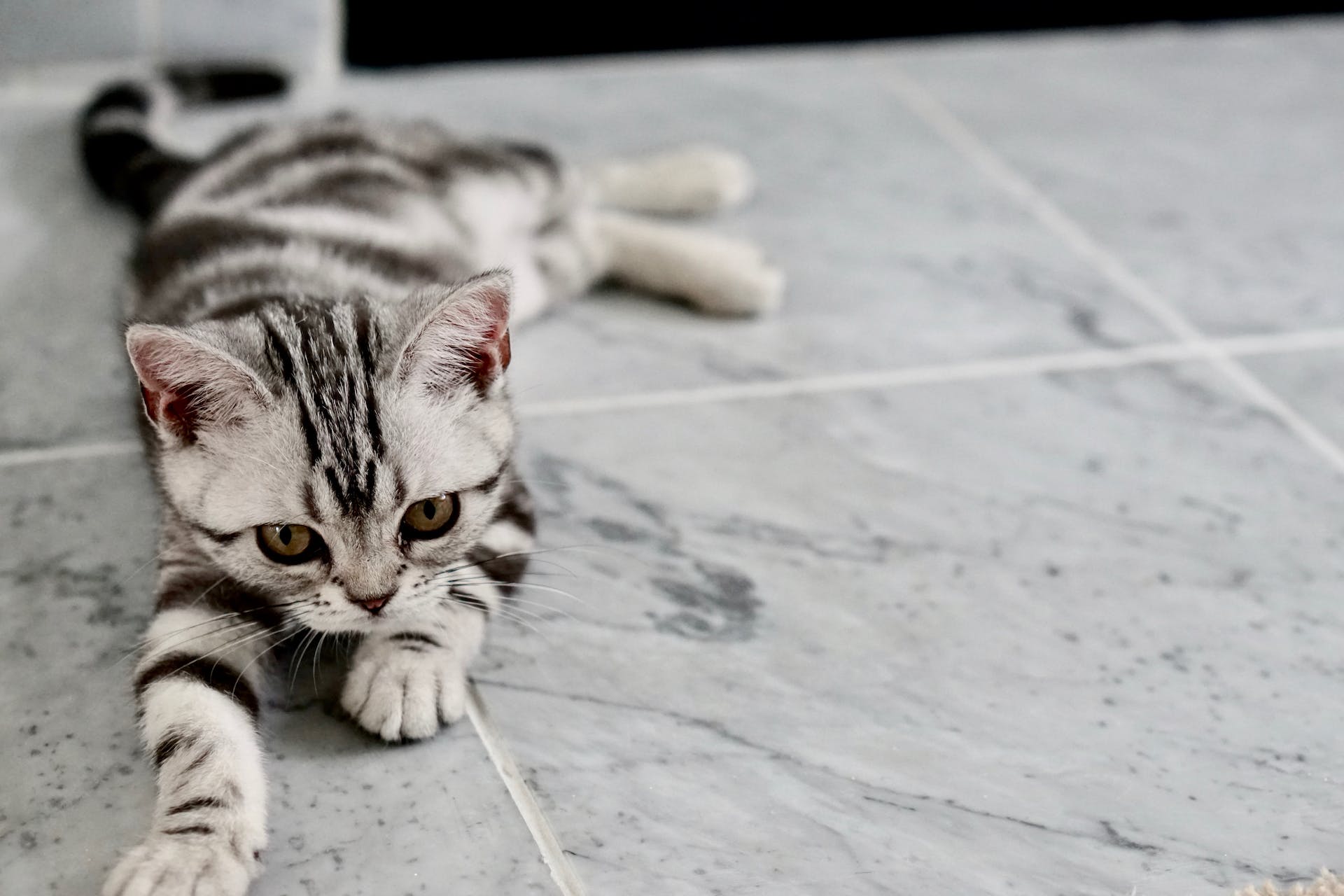
American Shorthairs are highly curious and love to explore. They’re also quite a long-living cat breed – living up to around 15 years! Your Shortie is likely to enjoy spending time with you and your family and getting up in everyone’s business.
💡American Shorthairs are also highly active cats – you can even train yours to play fetch! You’ll want to ensure you’re getting yours plenty of exercise so they don’t get overweight. (Since they do tend to be a bit food-motivated.)
Read more: Cat Obesity: How To Help An Overweight Cat Lose Weight
Burmese Cats
Originating from Myanmar, Burmese cats are a fun-loving, high-energy, friendly cat breed that are even described as “puppy-like”. Much like American Shorthairs, they love to play and climb around – often perching on your shoulder to get a view of their surroundings.
This little fellow might look a bit fearsome – but don’t be fooled. Burmese Cats are among the cuddliest cat breeds and need a ton of attention to stay happy.
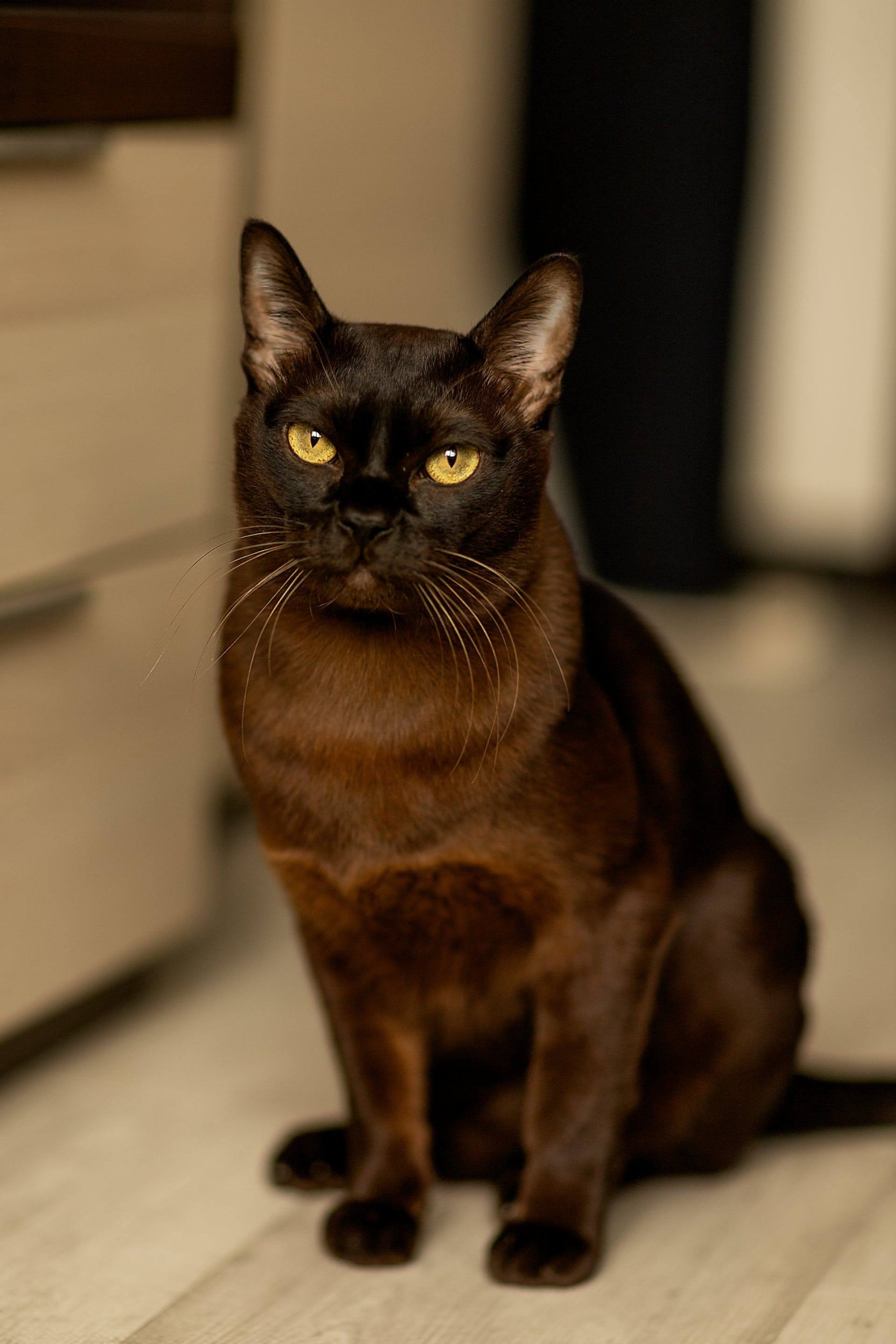
(So don’t be surprised if you find yours following you around home or popping up in between your Zoom calls.)
Burmese cats are also quite vocal – so if they disapprove of your cat food choices or feel neglected, you’ll be sure to hear them yowling down the hallways. They also tend to be quite fussy eaters, so be prepared for a bit of trial and error before yours cooperates.2
⚠️ But with their high social needs, Burmese cats also tend to be vulnerable to separation anxiety.3 (Which is a prime reason why cats run away from home.)
So make sure to spend plenty of time with yours before and after you head off for work – and make sure to keep around plenty of toys, scratchers, and food puzzles to keep them occupied while you’re gone.
Read more:
- Why Do Cats Run Away? 10 Reasons + How To Stop ‘Em
- Signs Of Separation Anxiety In Cats & How To Handle It
- How To Stop A Cat From Scratching Furniture – Couches, Carpets & More
Ragdoll Cats
Easily one of the most beautiful of cat breeds, Ragdolls are a bunch of fluffy gentle giants who adapt well to families – both large and small. Much like American Shorthairs, your Ragdoll is likely to follow you around everywhere and even end up curled up in bed asleep next to you!
Plus, despite their silky coats, they’re actually quite easy to maintain and need just about two grooming sessions per week.
Ragdolls also tend to be on the bigger side, domestic cats-wise. So if you’ve got other cats at home, your Ragdoll might need larger food portions. (And a bigger litter tray, to boot.)
Read more: Cat Feeding Schedule: How Often Should I Feed My Cat?
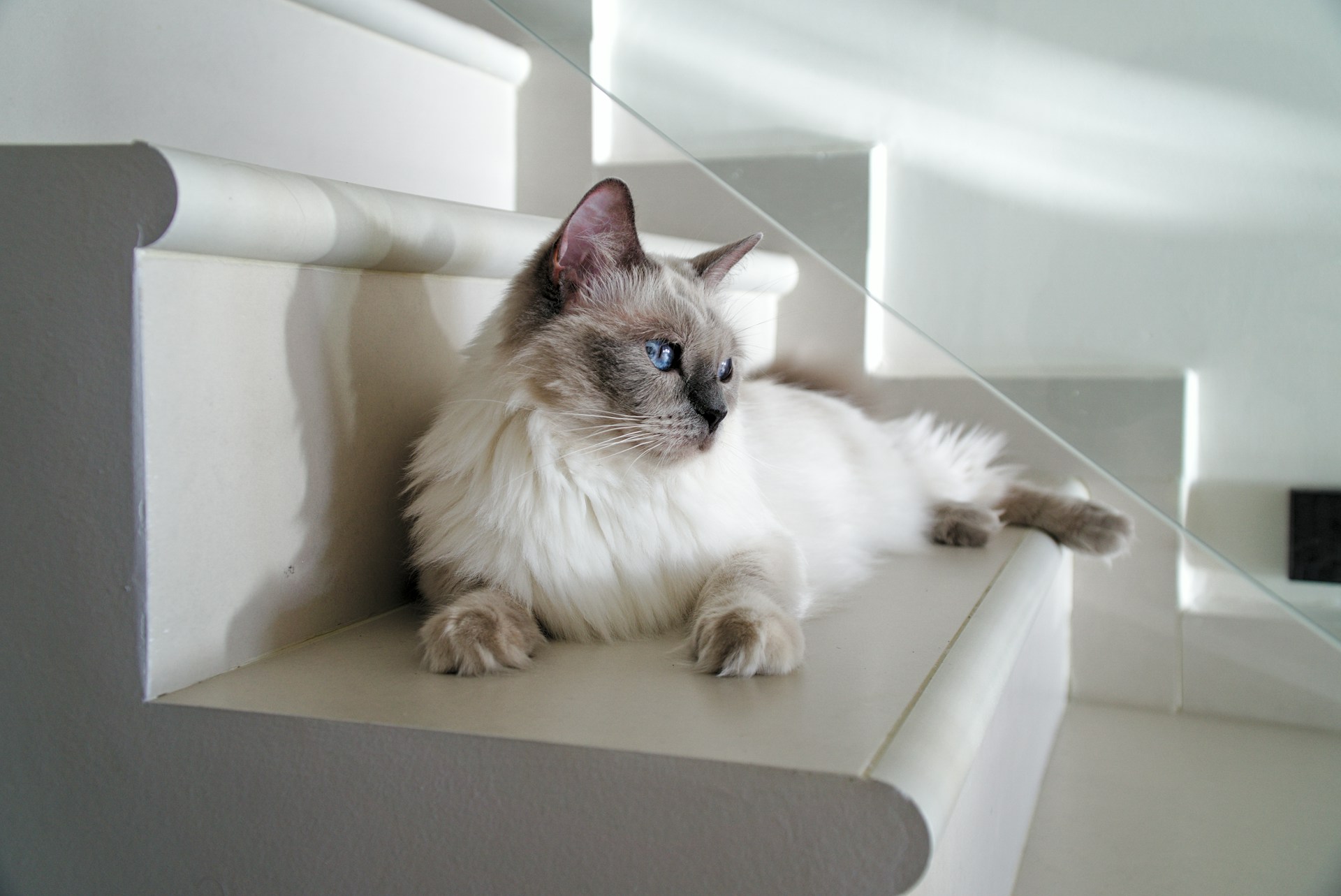
⚠️ Besides being one of the friendliest cat breeds, Ragdolls are also curious and approach strangers with little fear. Which, given their pedigree status, makes them a prime target for pet thieves.4
So imagine the peace of mind that comes with always knowing where your cat is – with just a glance at your phone?
It’s where tracking your Ragdoll with a cat GPS tracker can be a lifesaver.
With the Tractive GPS, for example, you can set up a “safe zone” (like your house or backyard) – and get an instant escape alert if your cat has left it.
Or track them in real-time – and pick up faster if you notice your cat suddenly traveling at a high speed. (Meaning they’ve most likely been transferred to a car and being driven off.)

Bombay Cats
Another one of the friendliest cat breeds, American Bombay Cats are a mix of the Shorthair and Burmese Cats. (And no, they don’t actually originate from India – rather, they’re just named after the Indian city of Bombay – or Mumbai – where the Indian black leopard has its habitat.)5
Much like the Shorthair, Bombays can live up to 15-20 years! They’re highly social and crave attention at all times – especially if you’ve got kids at home. (One of the reasons they’re referred to as “velcro” cats.)
Bombays are also a great choice if you’re living in an apartment, since they’re pretty comfortable with quiet, simple surroundings.
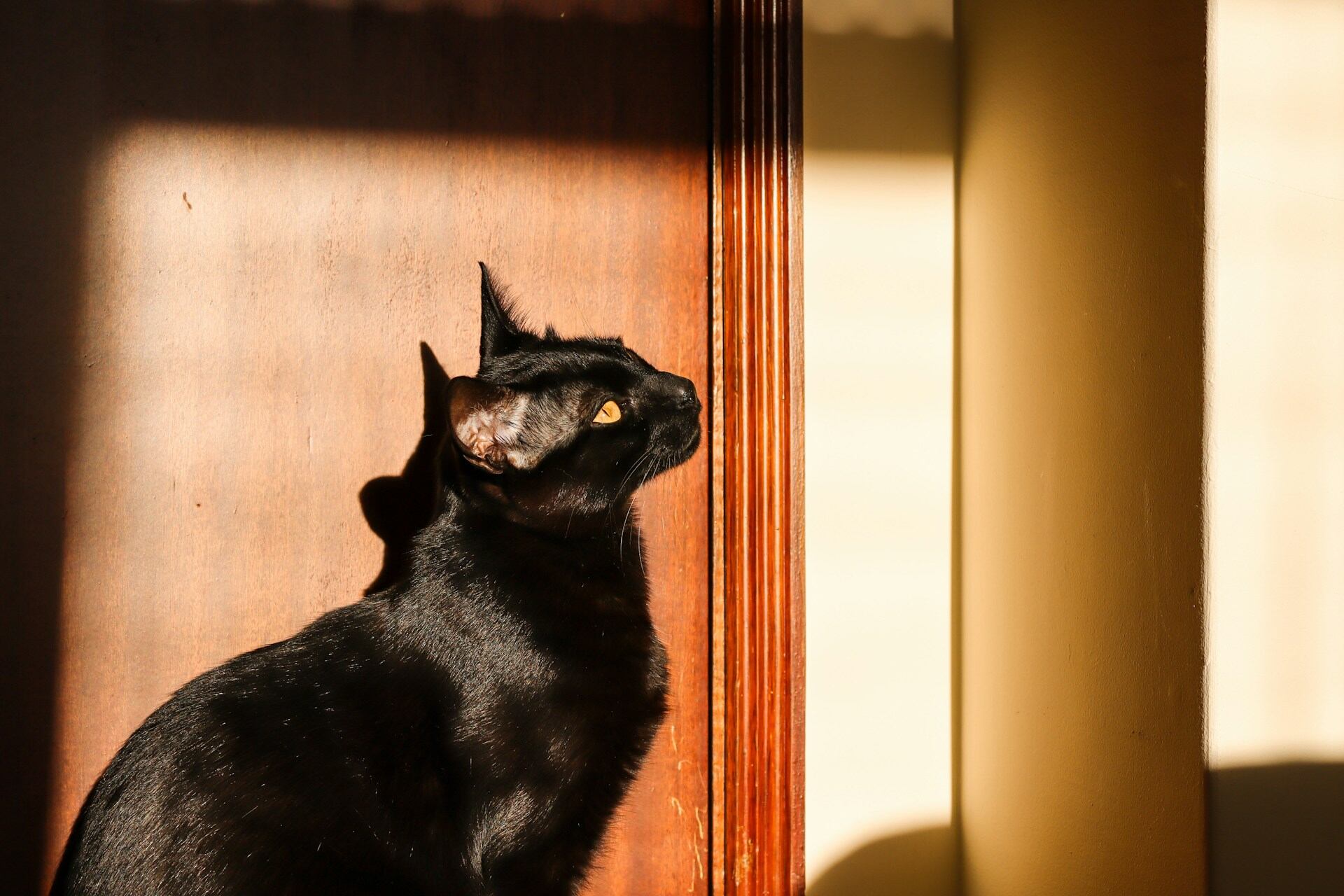
💡Much like their Shorthair ancestors, Bombay cats are grade-A athletes and need a ton of exercise to stay happy. Since they’re lively and sociable by temperament, make sure to include some interactive toys and food puzzles to keep them occupied while at home.
(Else they’re likely to get bored and get up to mischief – or even run away from home for some attention from the passerbys outdoors.)
Read more:
- How To Find A Lost Cat: All You Need To Know
- How To Get A Cat To Exercise: Keeping Our Feline Friends Happy and Healthy
Devon Rex
Probably one of the most interestingly-shaped friendly cat breeds, the Devon Rex is a unique, “pixie-like” cat breed originating from the UK. They’re known to be highly loyal, attach quickly to families and get along famously with other pets, including dogs.
Much like other friendly cat breeds, Devons are intelligent, attention-seeking, and have a ton of energy to burn. They’re quite fond of jumping and perching on to high surfaces – so make sure to keep some cat trees and climbing posts for them around the house.
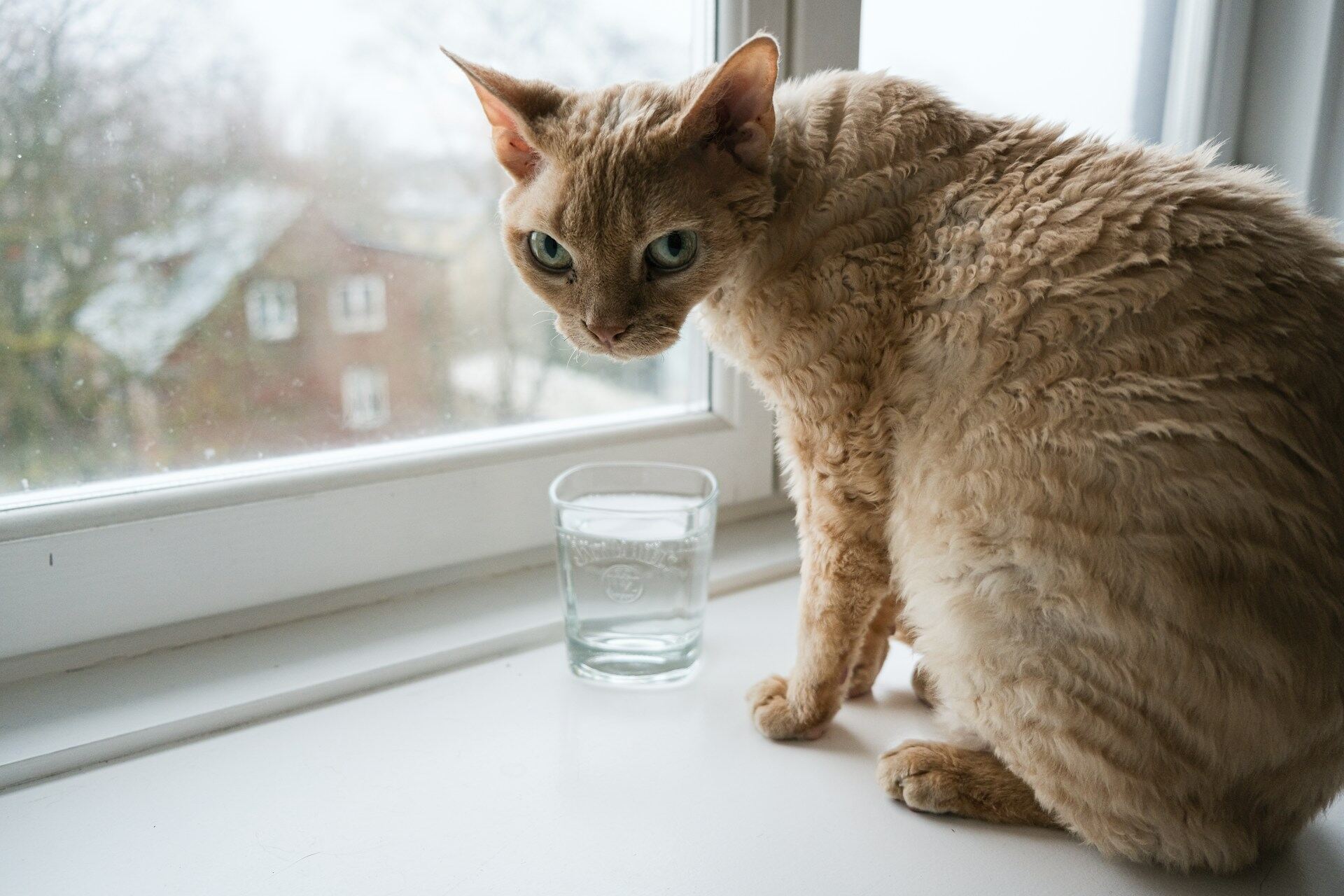
⚠️ Much like Bombays, Devons are inquisitive, curious, and likely to get bored easily – which may trigger an escape attempt outdoors.
So make sure to keep them occupied with some vigorous playtime – and also training. Cats respond pretty well to fun, practical training methods like clicker training – and teaching yours to return to you when you call for them can help keep them safe if they’re off exploring the great outdoors.
Read more: Cat Clicker Training: Tips, Tricks & Best Practices
But of course, in an emergency – like if your Devon has wandered off too far for you to call them…
Tonkinese Cat
A mix between Siamese and Burmese cats, Tonkinese cats are another one of the friendliest cat breeds that love to run and play. Despite being bred in North America, they’re named after the Tonkin region of Indo-China. (From where their ancestors come.)6
Like their parents, Tonkinese are lively, playful, highly vocal cats that love to be around people. They stand out with their distinctive, gentle “quacking” meow – which actually sounds more like a duck! Tonkinese cats are also intelligent and love to stay busy with games like fetch.
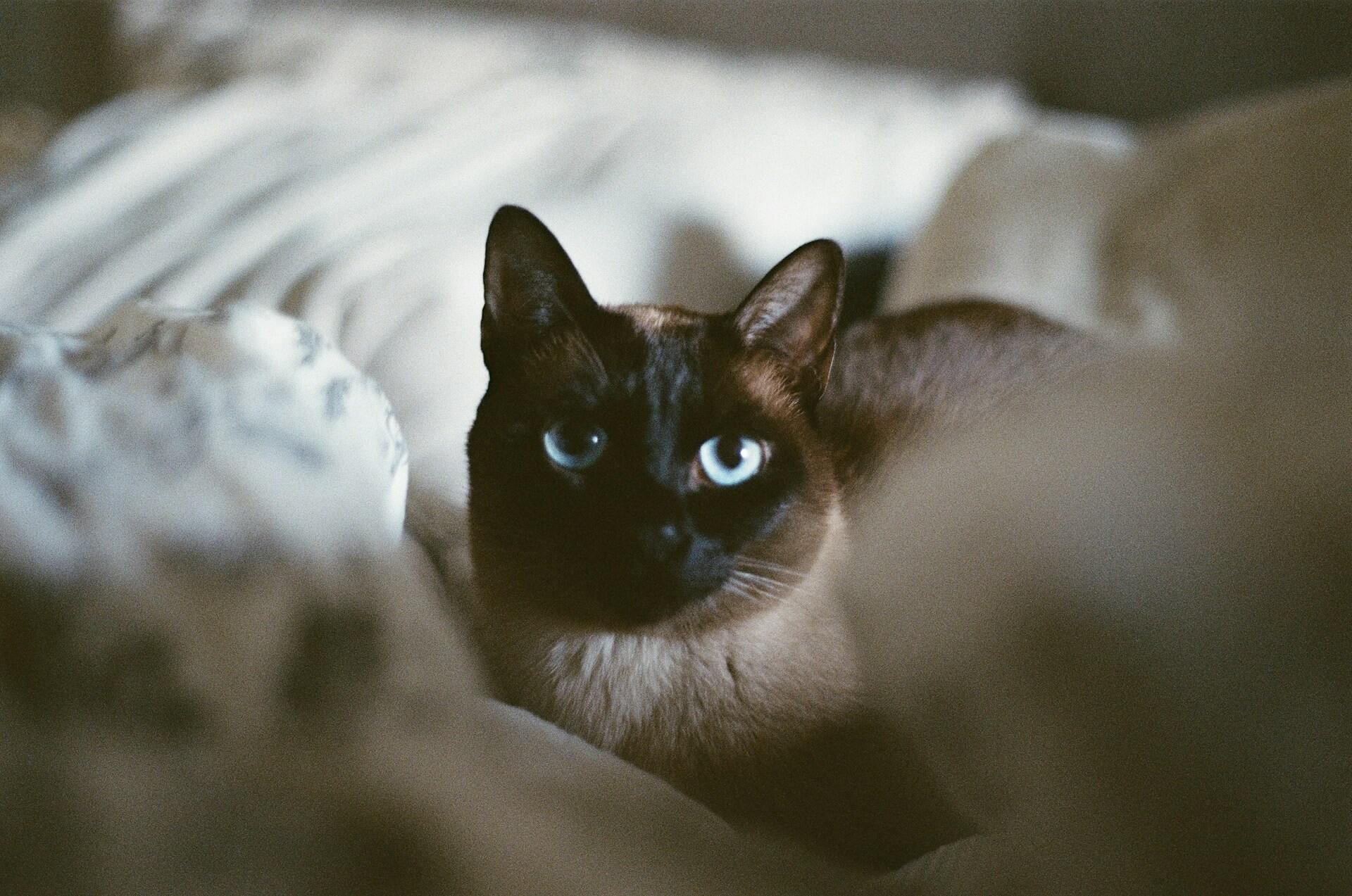
However, if you’ve left them home alone for too long, Tonkinese also tend to get bored and lonely quite easily. So consider adopting two cats or socializing them with your other pets, so they don’t get as antsy.
💡Tonkinese cats also have a high prey drive – or a hunting instinct to chase down and catch prey. (Another reason why cats run away from home.)
But with toys that mimic “prey” animals – like electronic mice or a feathered wand – you can redirect their energy away from hunting outdoors and getting their exercise in a safe indoors environment with you instead.
Read more:
Somali Cat
Somalis are another breed of energetic, lively, social cats that you could easily mistake for a fox with their gorgeous red fur. And no, unlike their name, they’re not actually from Somalia in Africa – they were bred in the US instead.
These cats tend to be highly active – and many take well to walking outdoors on a leash! Make sure to get yours used to a harness and collar in advance, so you can take them out for some supervised outdoor time.
Read more: How To Harness Train A Cat In 7 Easy Steps
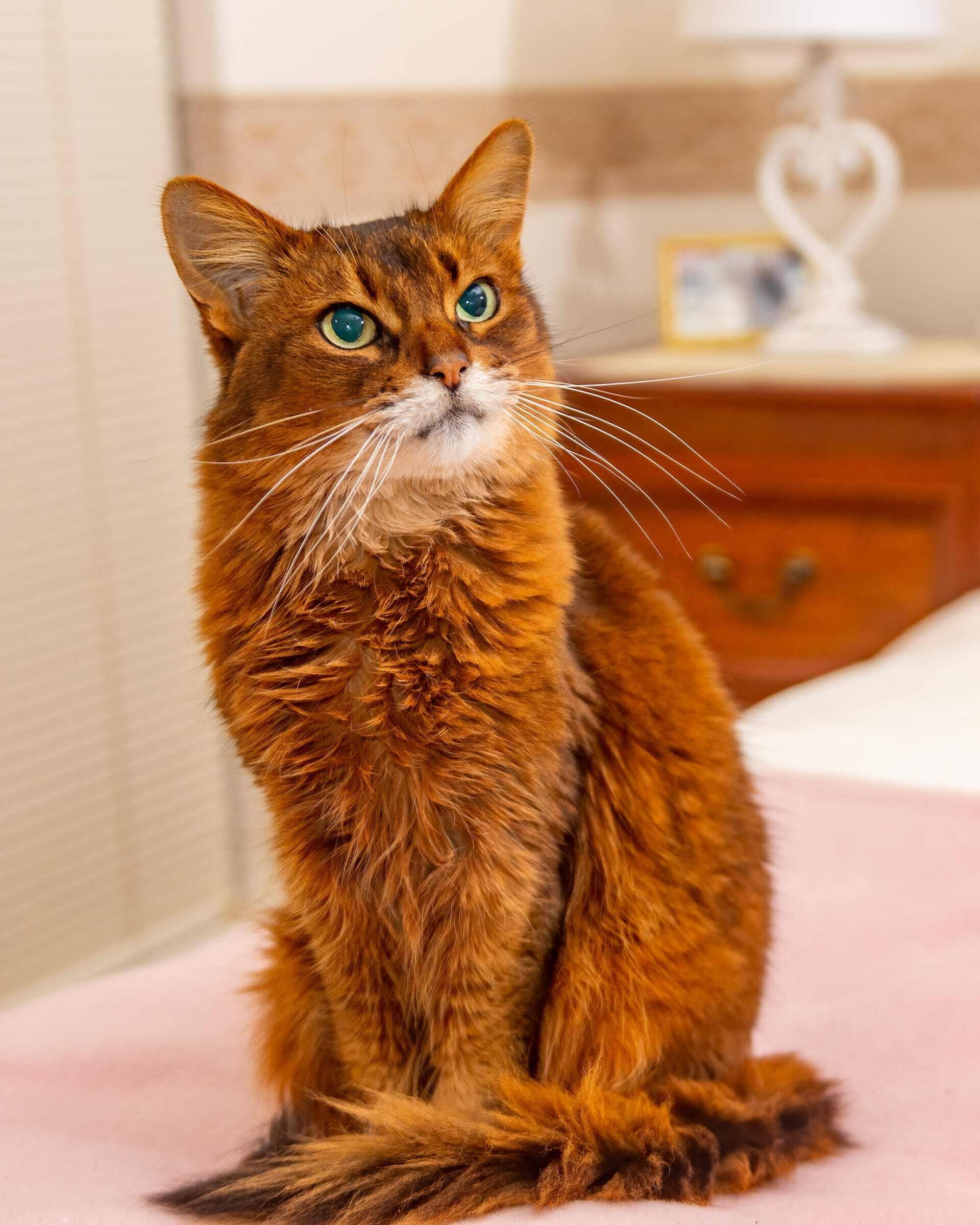
💡There’s a reason why Somalis are referred to as “preposition cats.” I.e., they’re so nosy, they’re likely to explore over, under, above, below, between, and inside every nook and cranny of your house. (Or your neighbors’!)7
So keep an eye out for narrow spaces that might be hard to squeeze out of – like your washing machines, air vents, dresser drawers, cabinets, rafters, and garage.
Luckily, here are 3 quick and easy ways to locate a missing pet indoors – with your Tractive device.
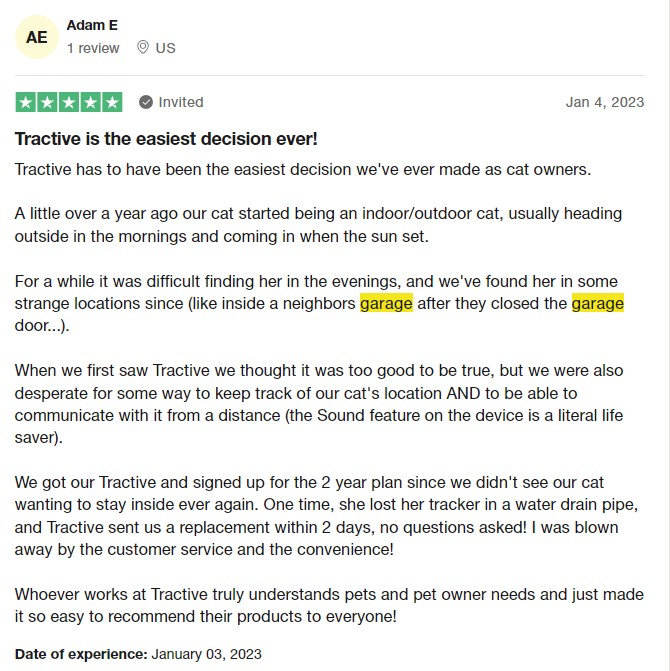
Ocicat
Ocicats might look like their wild ancestors, the ocelot – but they’re as tame as tame can be. (Despite their occasional urge to pounce on a moving toy.) They’re another one of the friendliest cat breeds, often described as “dogs in cats’ bodies” – and love to jump around, play, learn tricks, and even walk around outdoors on a leash or harness.8
Ocicats are affectionate, loyal domestic cats and tend to attach pretty quickly to kids and families. They also get along pretty well with other pets, including dogs. Though, much like Tonkinese cats, Ocicats also tend to have strong hunting and exploring instincts that drive them to snoop around outdoors.
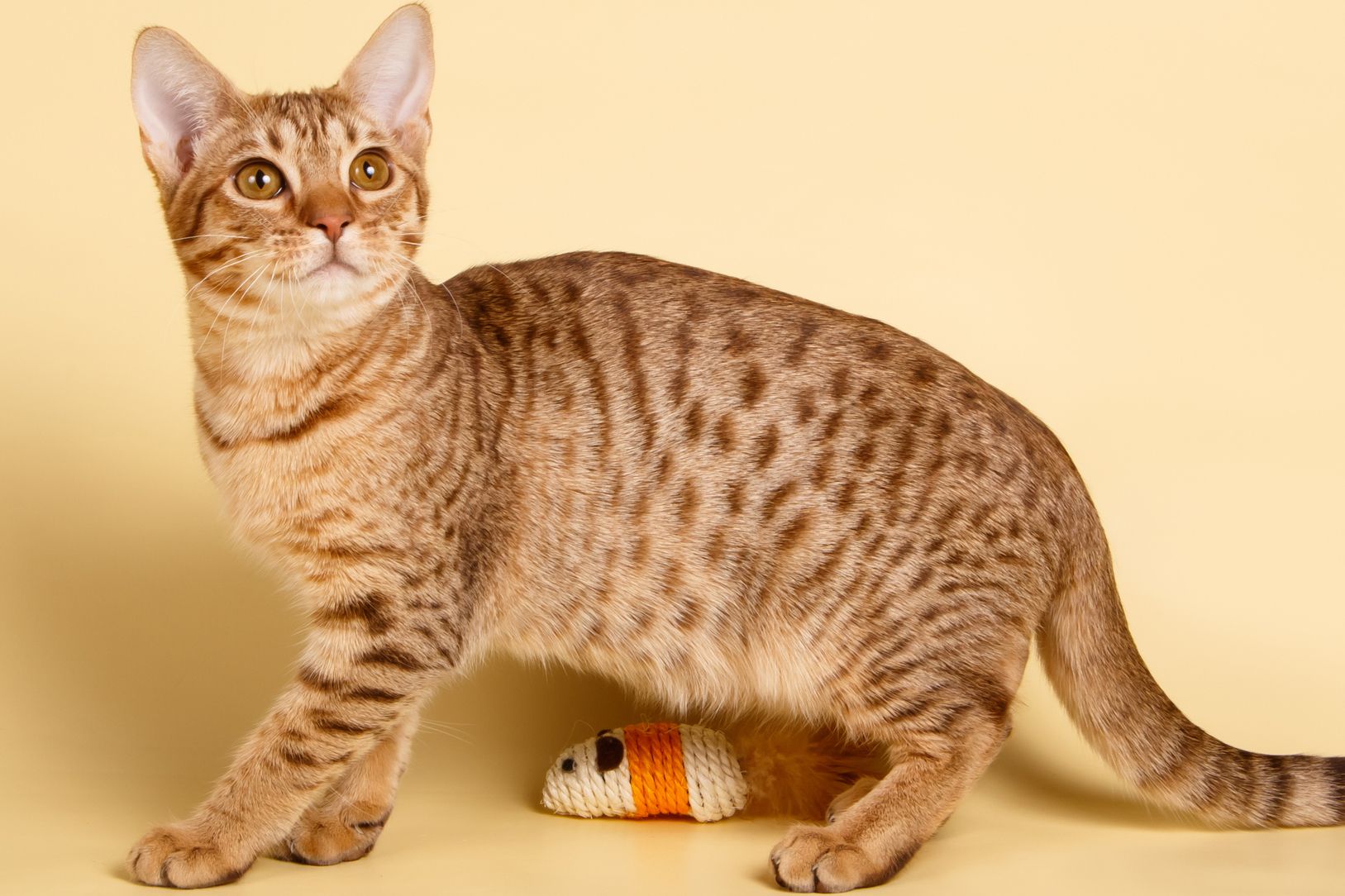
Read more:
Sphynx Cat
Surprised to see Sphynx cats on here? You wouldn’t be the only one. These hairless cats do a look a bit grumpy, after all!
But contrary to how they seem, Sphynxes are still one of the friendliest cat breeds – highly intelligent, curious, and affectionate. Don’t be surprised if you find one waiting for you at the door when you return from work or cuddling next to you in bed at night.
- Just be extra careful to keep your Sphynx warm in the colder months. (Their lack of fur means they get chilly easily.)
- It’s also better to avoid exposing them to sunlight for too long, else they’re at risk for developing skin cancer over time.
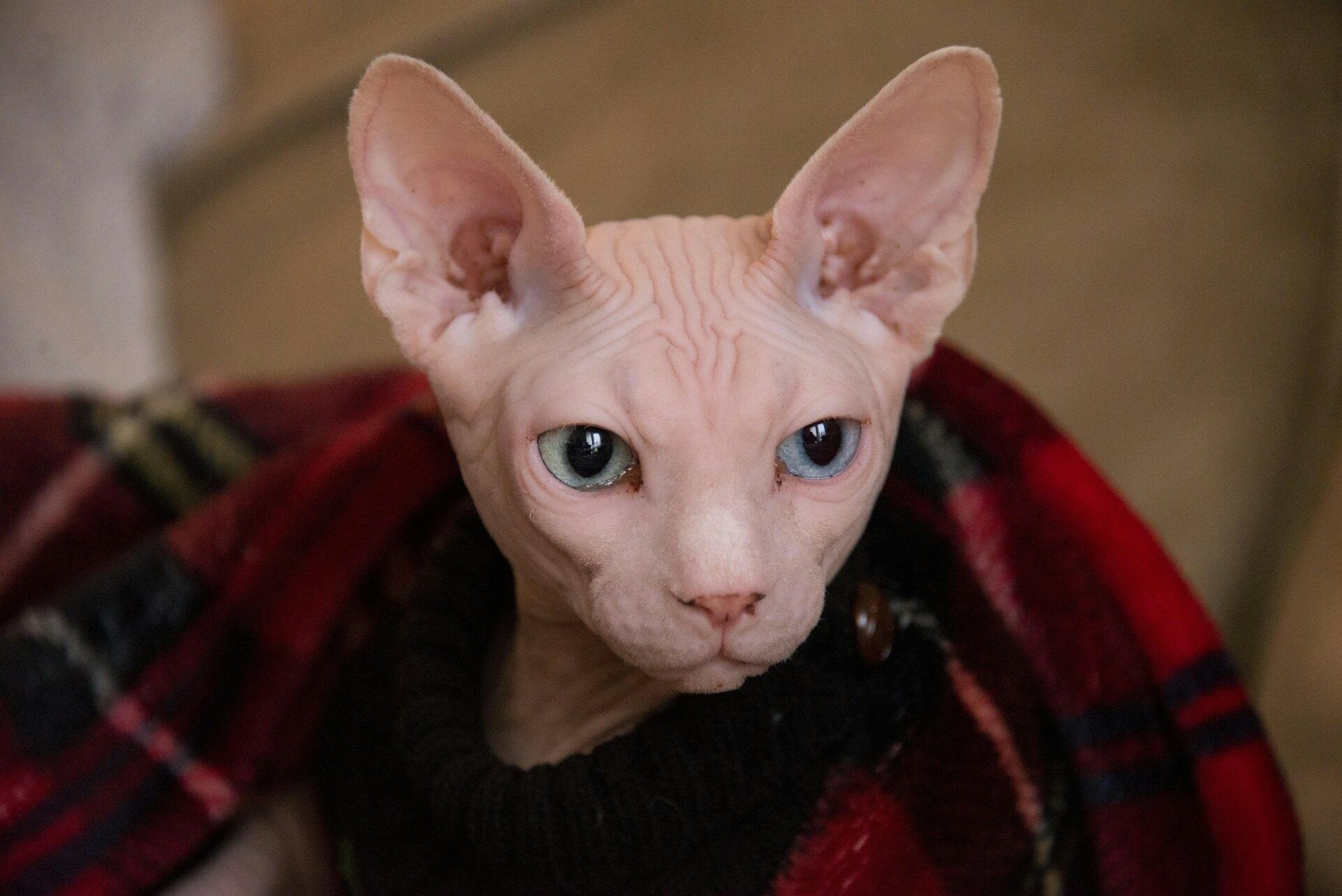
Sphyxes – much like Ocicats – are also described as “dog-like”, temperament-wise. They need a ton of attention and are happy to seek it out from strangers when meeting them.
⚠️ Which – much like with Ragdolls – make Sphynx cats a prime target for pet thieves. So make sure to keep yours happy and busy indoors, so they don’t feel the need to venture outdoors for some company.
Birman Cats
Another gorgeous breed from South-East Asia, Birmans are long-haired domestic cats that are known to be gentle, loyal, and deeply attached to their families. In fact, you might’ve heard of Choupette, a Birman cat who was owned by the late Karl Lagerfeld!
Unlike the other active cats we’ve mentioned here, Birmans are a great choice if you’re looking for a chill, low-maintenance cat that’ll be happy to lie curled up at your feet for hours.
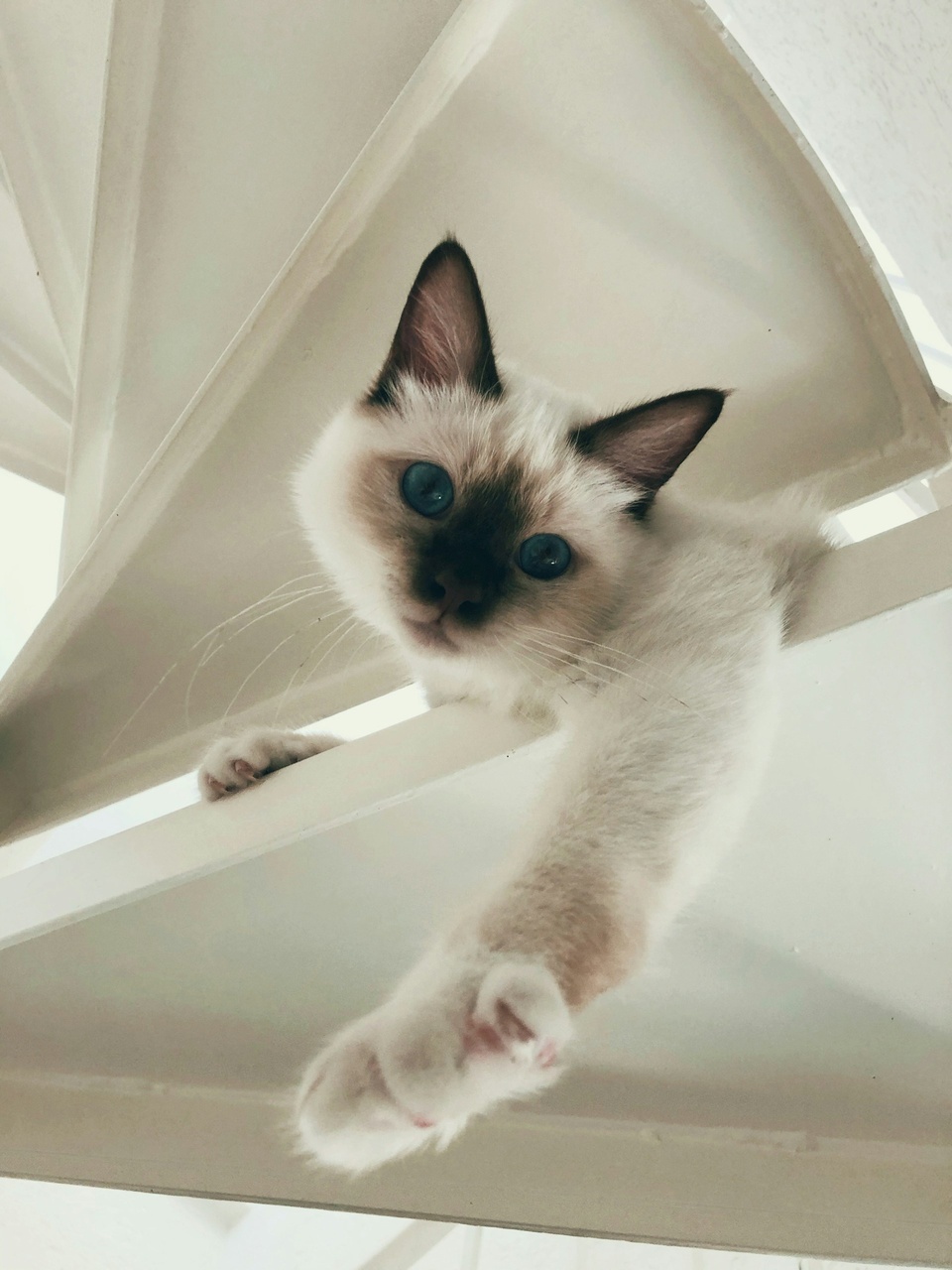
Birmans also get along well with kids and adults of all ages. They’re quite laidback by temperament, so they’re a great addition for older adults who want a relaxed cat by their side.
Just watch out for your Birman’s need for attention – they can get quite clingy! So make sure to balance out playtime with a ton of cuddles to keep them happy.
You’ll also need to brush your Birman’s coat daily to prevent matting and tangling.
⚠️ While generally healthy, Birmans tend to be vulnerable to kidney diseases and other urinary tract infections.9 Make sure to stay on top of these conditions by checking in with your local vet.
Read more: UTI in Cats: Signs, Symptoms & Steps You Can Take
4 steps to keep your friendly cat safe – no matter where they roam
Not all of these friendly cat breeds are necessarily outdoor cats. Meaning, while you should let them outdoors for some exercise and natural sunlight – they might not be the safest outdoors entirely by themselves.
Unless, of course, you’ve taken precautions to keep them safe – no matter where they’re off adventuring. (Both within and outside of your house.)
Track your cat’s outdoor adventures
Eventually, even the most indoor-friendly of the friendliest cat breeds might end up sneaking outdoors to make some new friends. (Whether that’s a squirrel in your backyard – or one miles away into the woodland – or just a friendly neighbor who’s more generous with the treats.)
Because no matter where your cat spends more of their time, they’ve got a territory to maintain. (Yes, even your indoor cat.)
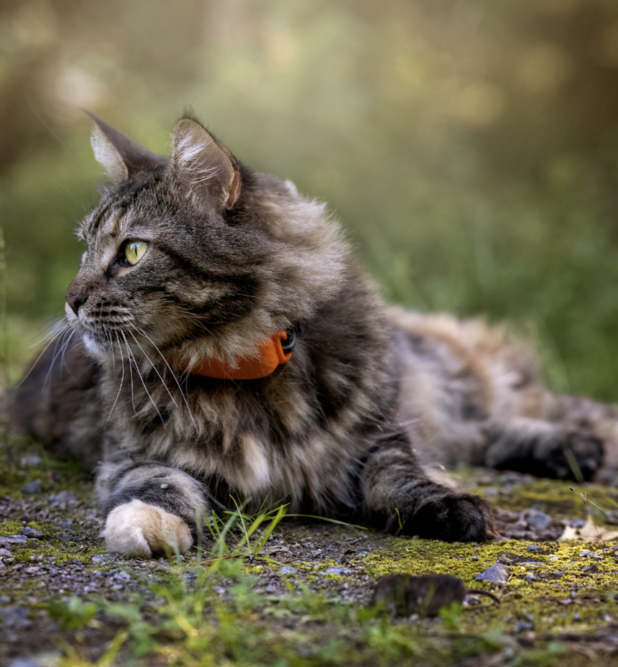
And for a cat that’s friendly and approachable by temperament, there’s no shortage of dangers they might run into. Which might include:
- Getting fed or eating something that’s not healthy for them
- Getting stolen by a pet thief
- Getting injured by a passing car, pet, predator or person
- Getting infected by toxic substances like pesticides.
- Getting poisoned by specific plants that aren’t safe for cats.
💡So imagine being able to track your cat’s territory – no matter how far they’re off roaming? Which means, the next time your cat doesn’t return home around mealtime, you now know where to look first.
It’s what you get with your very own Tractive CAT Mini – i.e., mapping out your cat’s territory (in yellow), so you can better understand where your cat is likely to go off wandering.
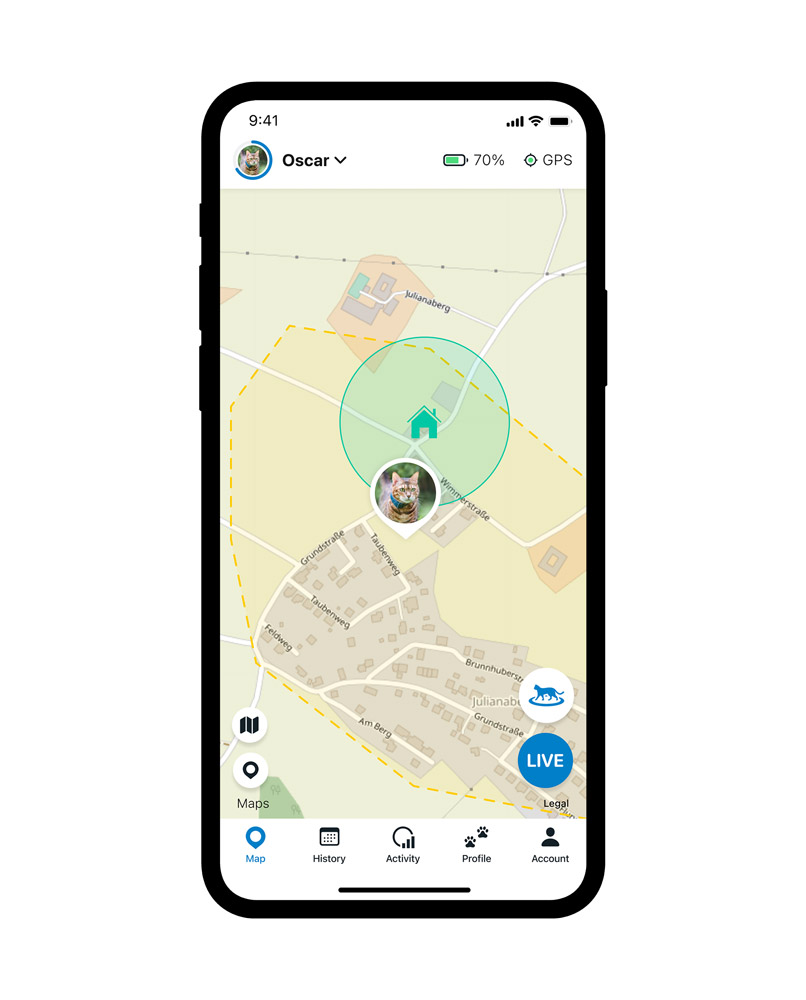
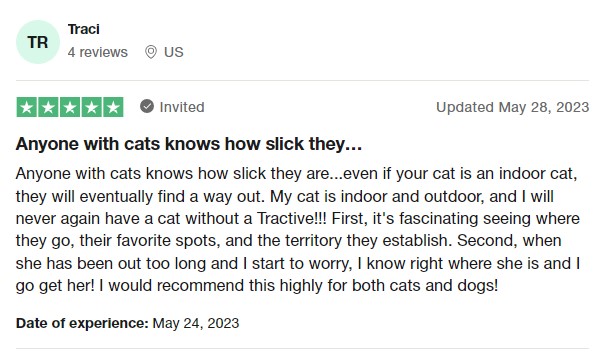
Keep your neighbors in the know
Your friendly cat (or cats) are likely to be busy exploring your backyard – as well as those of your neighbors’, the local park, and even beyond. (Which, past a certain point, might make them a bit of a nuisance, especially if your neighbors have caught them in their flowers or vegetable patches.)
So start by keeping them informed on your cat’s wanderings – as well as:
- How to contact you if they come across your cat making a mess of their begonias.
- Any dietary restrictions your cat has (to prevent them from feeding your cat something potentially toxic)
- Any health conditions your cat has

💡Friendly cat breeds are more likely to become a familiar face around your neighborhood with their wanderings. So if they ever get lost, your neighbors can be that much more helpful in your search to get them back.
Make your cat identifiable
Now if your cat’s living with but getting fed by a dozen families down the street – it’s possible they might get mysteriously “adopted” by accident. (I.e., someone taking them in without realizing your cat has an existing owner – aka, you!)
And on the less brighter side, lost cats without any visible ID markers – like collars, ID tags, or microchips – usually end up in shelters. From these, around 71% end up euthanized because shelter staff couldn’t find who they belonged to.10
Luckily, you can make it easier for a stranger to identify your wandering cat.

So start by:
- Getting your cat used to wearing a collar with an ID tag, which includes their name and your contact details.
- Getting your cat microchipped. Because its implantable, a microchip isn’t likely to fall off or get dirty (like an ID tag.) Plus, a vet or shelter can scan it to find your contact details and get in touch with you.
💡Besides working like a permanent ID tag for your cat, microchipping all pets is a legal requirement in most countries and US states. Make sure to check your local laws to ensure you’re keeping your cat safe.
Read more: Is A Microchip Cat ID Enough To Find Your Lost Cat?
Figure out your cat’s favorite spots
Tracking your cat’s every step can actually help you understand their behavior better. How come? Because as it turns out, even the friendliest cat breeds have specific spots in their territory where they like to hide, hunt, or just hang out.
Which – in an emergency, like if they’re lost – can help you figure out where to start your search. Because when it comes to a friendly cat and their curious, inquisitive natures, there’s no telling how far they’ll end up wandering off. (Or where they’d end up!)
But rather than monitoring your cat 24/7, why not let your trusty Tractive device’s Heat Map & Location History do all the hard work for you?

Like Parsley, the Maine Coon who disappeared so frequently that his mom, Fiona Campbell-Smith just had to get him his very own GPS tracker.
In her words:
“He goes everywhere! His confidence knows no bounds.
He has been in lots of different shops – Saint Saviour’s beauty salon, Rutherford’s hairdresser’s…he visits pubs, hotels and even churches.
He regularly goes to other people’s houses, whether he knows them or not, and he doesn’t care if they have another cat. He just walks past and makes himself at home. He even crashed a party once...
Sometimes I’m at my wits’ end with him as he causes so much worry, not to mention them midnight visits dragging him out of a pub – sometimes in my pyjamas!
But there’s no doubt he’s special. He’s completely abnormal, but in a good way.“
– Fiona & Parsley
Read more: Adventure Tracker: How Tractive GPS Benefits Wanderlust Cats
💡 With your Heat Map & Location History, you can figure out where your friendly cat likes to spend most of their time – whether that’s at a neighbor’s, your local train station, or even a family the next town over.
So you can have complete peace of mind the next time you find them running late for mealtimes – and know you’ll be able to find them, no matter where they are.

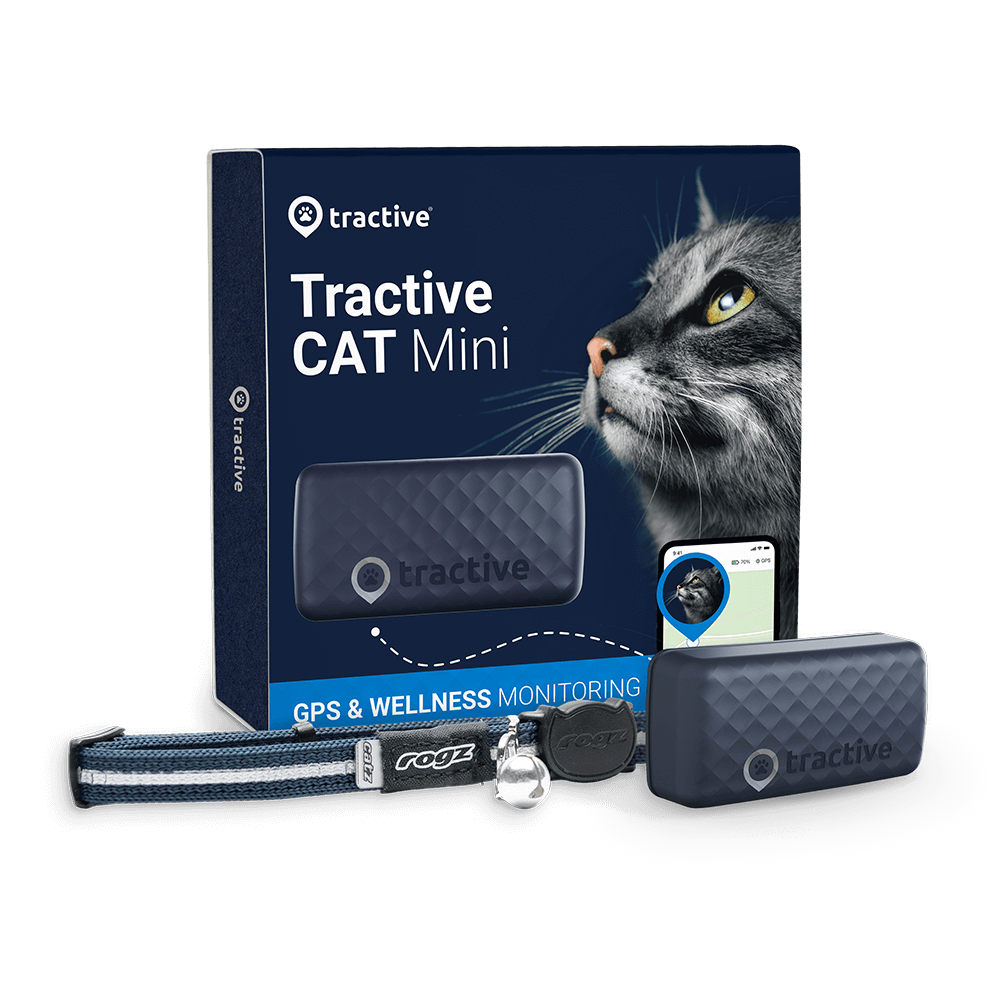
Know everywhere your cat goes
See where they are in real-time, no matter how far they go. Get alerts if they roam too far home. Find out where they’ve been and discover their favorite spots. Let others track with you.
Still think cats are aloof little creatures with zero affection?
These friendly cat breeds might just prove you wrong. From their “dog-like” temperaments to their high intelligence and trainability, they’re bound to keep you on your toes for years to come!
So if you’re looking for some of the friendliest cat breeds, consider adopting:
- An active, high-energy cat like an American Shorthair or a Bombay.
- A chill, low-maintenance breed like a Ragdoll or a Birman.
- An intelligent cat breed like the Devon Rex or a Somali cat.
- A sociable, vocal cat breed like a Tonkinese or Burmese cat.
- A curious, inquisitive, friendly cat breed like an Ocicat or a Sphynx cat.

And if you want to see Tractive’s cat-tracking magic in action, here’s the story of Bernie – a friendly wandering cat who managed to land himself a new family several miles away from home!
(And who was rescued and brought home safe and sound with a little help from his Tractive GPS 😺)
Liked this article? Share it with a friend or a loved one – and let’s help build a safer, kinder world for our furry friends together.




